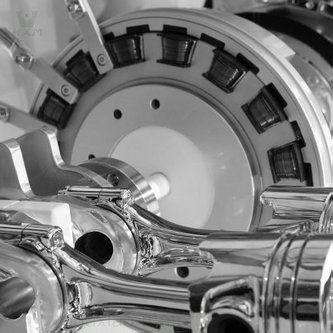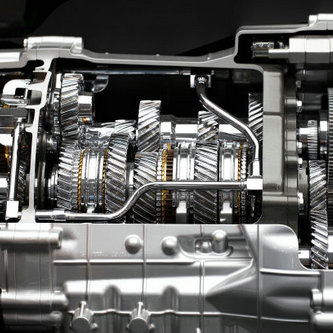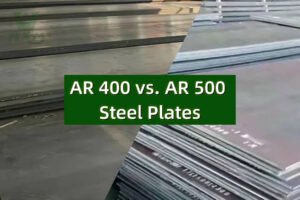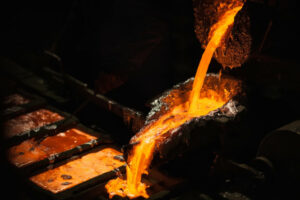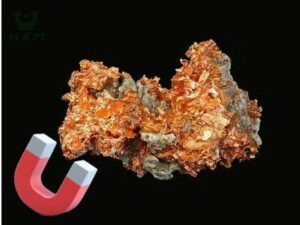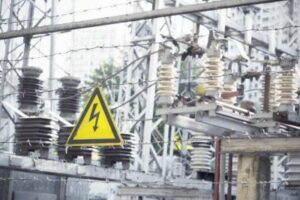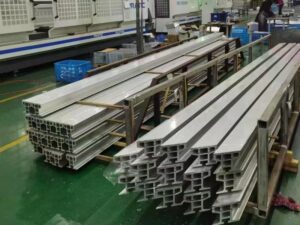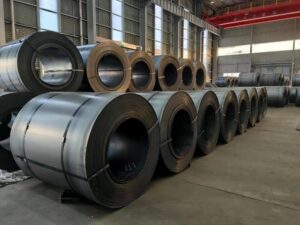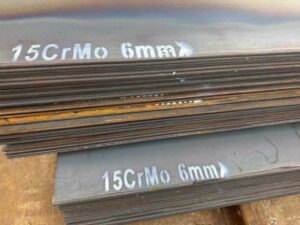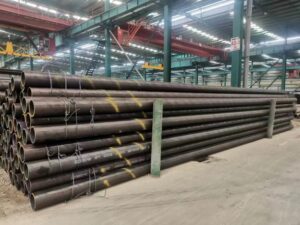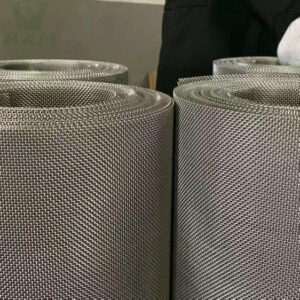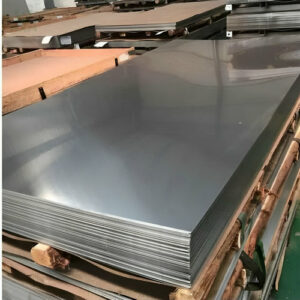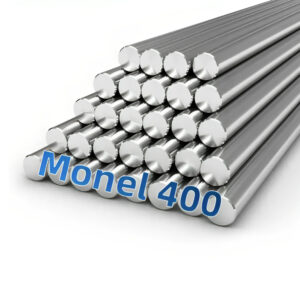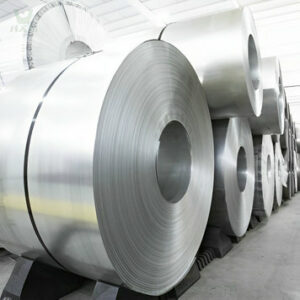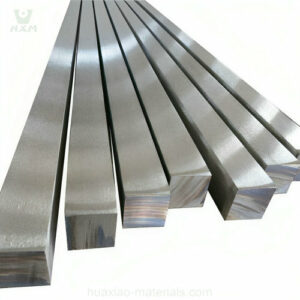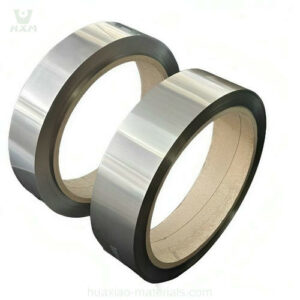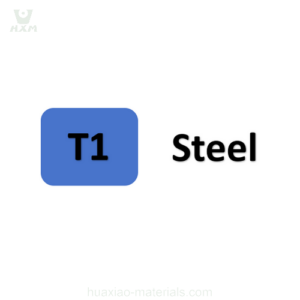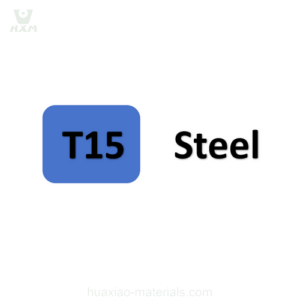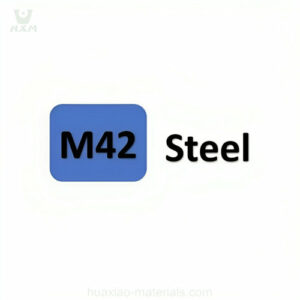When selecting suppliers for 630 stainless steel products, several factors should be carefully considered to ensure you are partnering with a reliable and reputable supplier. These factors include:
Quality and Certification: Look for suppliers that provide 630 stainless steel products with high-quality standards. Check if they have relevant certifications, such as ISO 9001, which demonstrate their commitment to quality management processes.
Experience and Reputation: Choose suppliers with a proven track record and extensive experience in supplying 630 stainless steel products. Check for customer reviews and testimonials to gauge their reputation in the industry.
Product Range and Availability: Ensure that the supplier offers a comprehensive range of 630 stainless steel products, including sheets, plates, bars, and other forms. Verify their product availability and delivery timelines to meet your project requirements.
Material Traceability: Check if the supplier can provide material traceability documentation, such as mill test reports (MTRs), to validate the authenticity and quality of the stainless steel products.
Customization Capabilities: If your project requires specific dimensions or unique product configurations, choose a supplier that can accommodate customization requests and deliver tailor-made solutions.
Competitive Pricing: Compare prices from multiple suppliers to ensure you are getting competitive rates without compromising on quality.
Production Capacity: Evaluate the supplier’s production capacity and capabilities to ensure they can meet your demand for 630 stainless steel products, especially for larger or time-sensitive orders.
Delivery and Logistics: Consider the supplier’s ability to handle shipping and logistics efficiently to ensure timely and secure delivery of the products to your location.
Customer Service and Support: A supplier with excellent customer service can provide better support throughout the purchasing process and address any queries or concerns promptly.
After-Sales Support: Inquire about the supplier’s after-sales support and warranty policies to ensure you have recourse in case of any issues with the delivered products.
Global Reach: If your operations extend internationally, choose a supplier with a global reach and experience in international shipping and compliance with import/export regulations.
Environmental Compliance: Consider suppliers that adhere to environmentally responsible practices and regulations to support sustainable sourcing and manufacturing.
By carefully assessing these factors, you can select a reliable supplier for 630 stainless steel products who can meet your specific needs and ensure the success of your projects.
